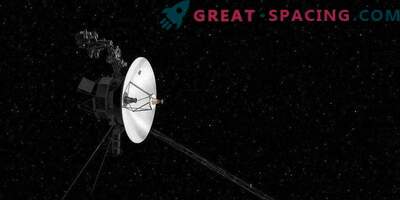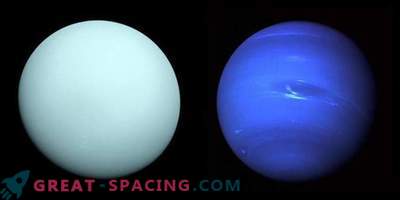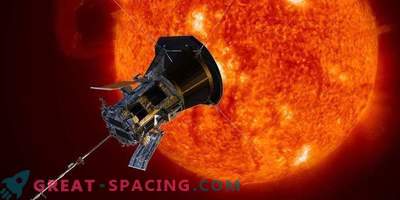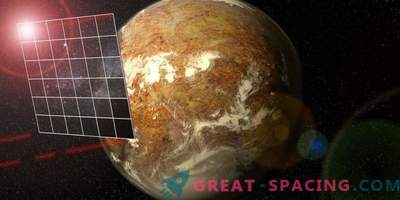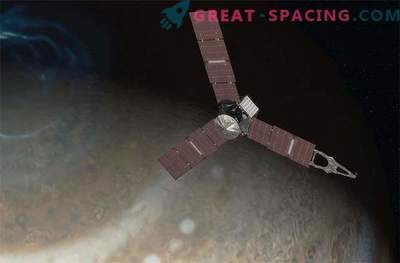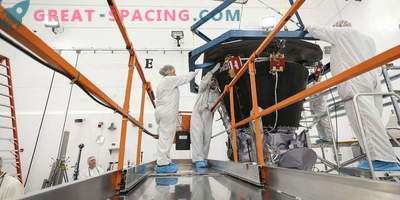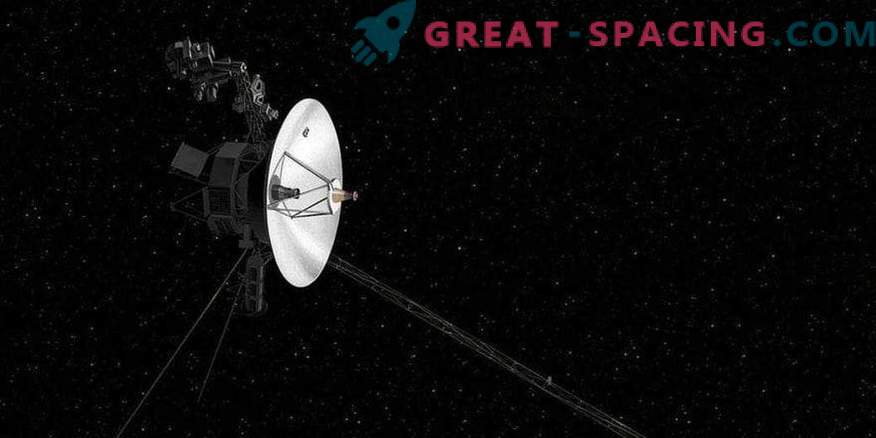
The artistic vision of Voyager-2 traveling through the Solar System
The Voyager-2 spacecraft made an amazing journey exploring the solar system and stepping into interstellar space. But his scientific mission does not end there. On December 10, scientists from the American Geophysical Union said that they were not only excited about the exploits of the probe, but also awaited information on how solar particles and the interstellar wind collide.
A pair of Voyager probes - the first vehicles that managed to escape into the heliopause. It is important to understand that such trips will drag on for years. But spaceships still feel great, although they seem to be old men.

In the figure, the location of the Voyager 1 and 2 probes is marked. On December 10, 2018, NASA announced that Voyager 2 had repeated the feat of the first probe and entered interstellar space. Now both ships are outside the heliosphere - a protective bubble from the Sun extending beyond the orbit of Pluto.
The key problem of the further mission is the loss of heat and energy. Voyager 2 is now operating at a temperature of 3.6 ° C and every next year can produce 4 watts less energy. As a result, the team will have to turn off the tools in order to get as much information as possible before the device is completely turned off.
Current estimates show that the probes will be able to function for at least another 5 years or 10 years with a gradual deterioration in the data. The mission’s mission is to conduct full-fledged 50 years of research since their launch in 1977. Voyager 1 was the first to break out of the heliopause, but the second probe provides new information. Due to the current stage of the solar cycle, Voyager-2 can once again be in the Heliopause, as the solar bubble expands. The tools of Voyager-2 will provide data on the flow of interstellar wind pushing the heliopause and the bubble around the heliosphere. That is, we will see a lot of galactic cosmic rays, high-energy atoms and a number of elements moving at the speed of light.
Interestingly, the Voyager-2 flight will also allow you to learn more about exoplanets. Each solar system lives in its own heliosphere. Imbalance can form a welcoming environment for living.
None of the Voyager 2 devices can work forever, but the ships will continue to move. For 300 years they will be able to reach the inner edge of the Oort Cloud, after which they will have to overcome this area for about 30,000 years. When the probes break out of the solar system, there will be millions and billions of years wandering around the Milky Way. Perhaps the future generation of earthlings will be able to escape after them. Or they will be a surprise for some unknown alien civilization.


